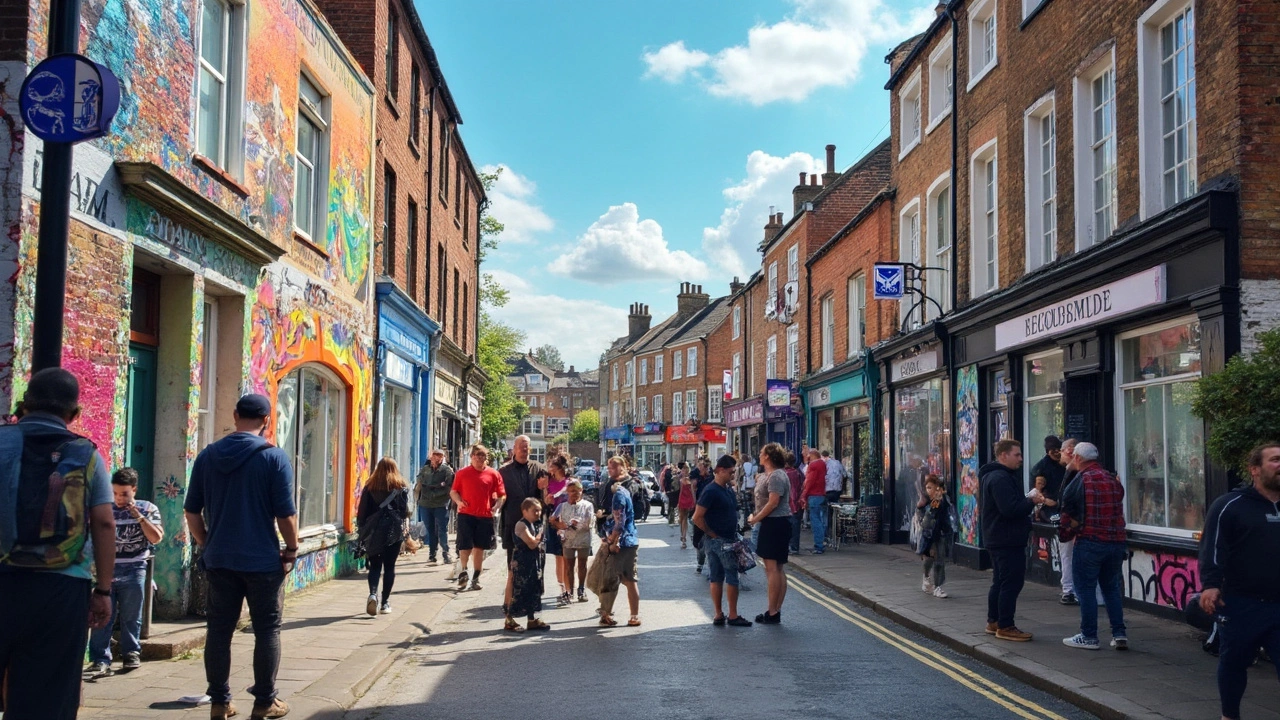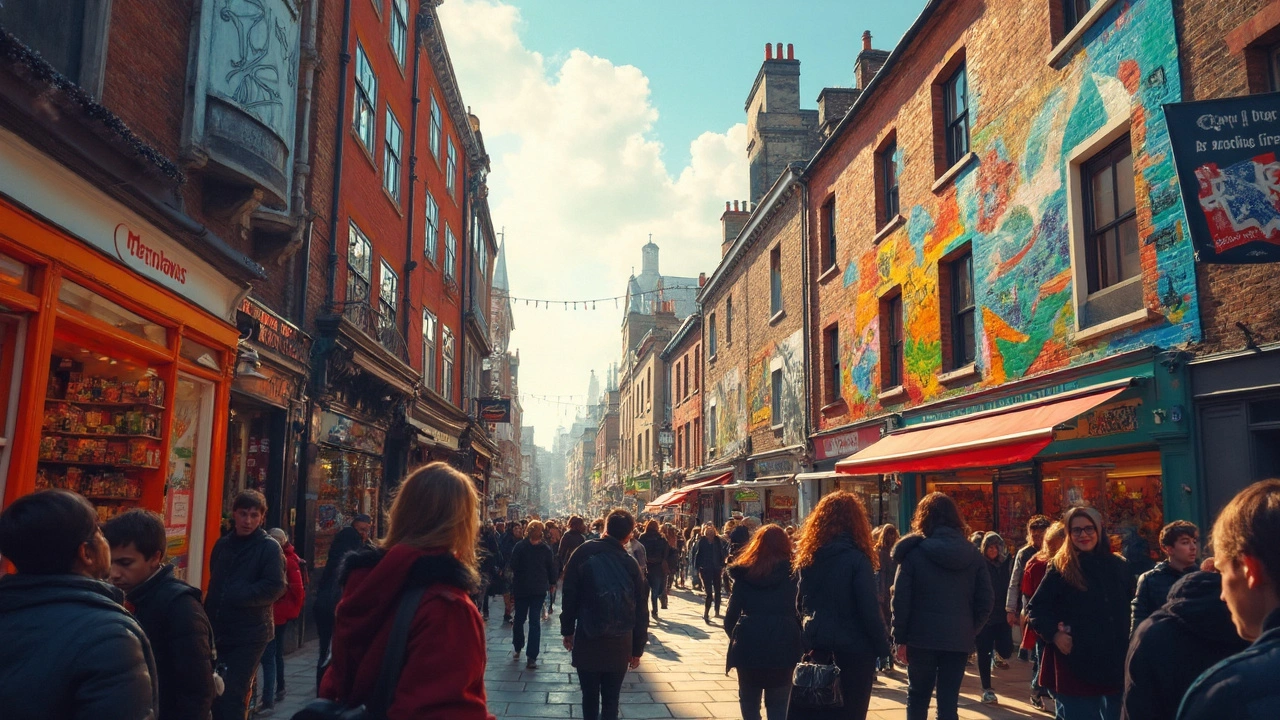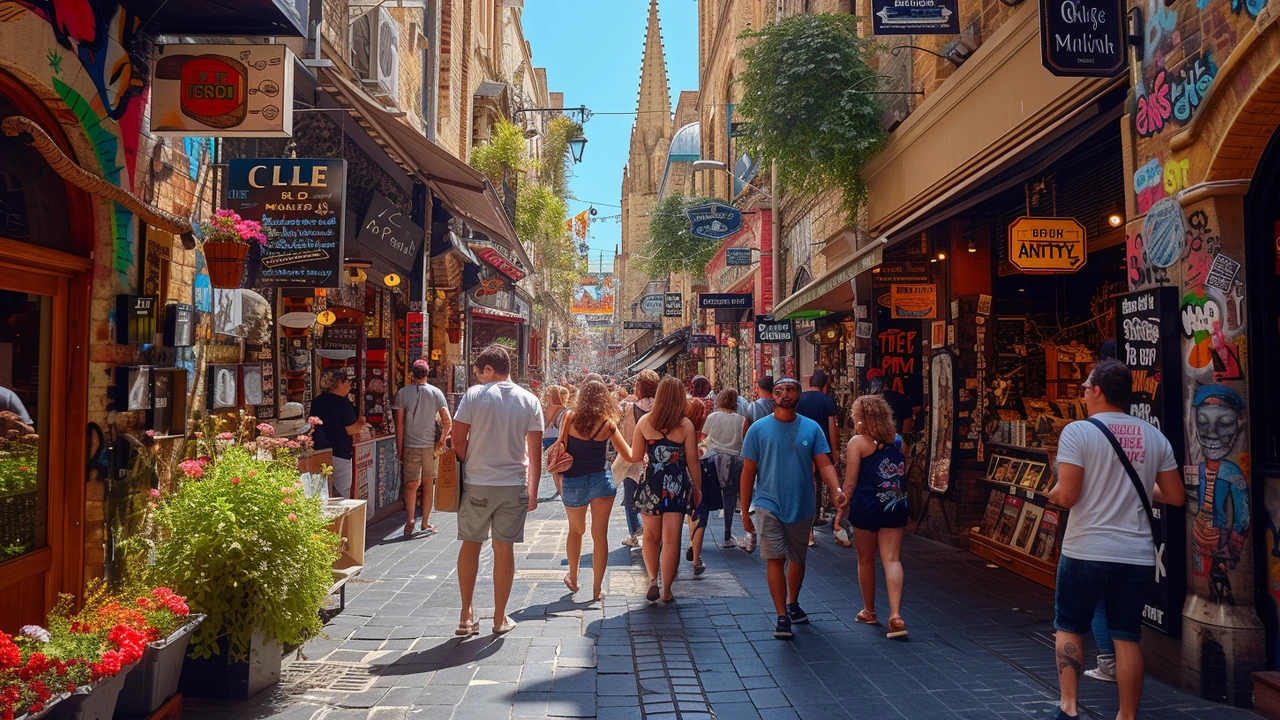Street Art Guide: What It Is, Where to Find It, and How to Get Started
Street art is anything from bold murals and stencils to wheatpaste posters and large-scale installations on city walls. It shows up suddenly, changes neighborhoods, and tells the stories people don’t see in galleries. If you want to find, photograph, or make street art, start with respect: know the rules, talk to property owners, and learn basic techniques before jumping in.
How to spot and understand street art
Look for scale and context. Murals usually respond to their location — a market wall might celebrate local trades, while a bridge underpass can host bold abstract work. Check materials: spray paint, acrylics, paste-ups and mixed media each leave different marks. When you photograph pieces, include a person or a nearby object for scale and shoot at golden hour for softer light. Note signs of weathering and paint layers; older walls often reveal the city’s visual history.
Street art often borrows from other movements. You’ll see photorealism-style portraits, constructivist shapes, or installation concepts turned public. If you like deeper reads, Paul Artistry covers related topics like land art’s role in urban design and installation art — both help explain how public works shape city life.
Quick, practical tips if you want to make street art
Start small and legal. Find community mural programs, get permission from wall owners, or join a local street-art crew. Sketch your idea, create a color mockup, and test paint samples on plywood before touching a public wall. Use high-quality acrylics for brushes and outdoor aerosol for quick coverage. Stencils speed up repetitive shapes; wheatpaste works for posters and layered textures.
Safety and prep matter. Wear a mask and goggles when spraying, secure ladders properly, and check weather forecasts — wind and rain ruin work fast. Plan for maintenance: clear coats or UV-protective varnish help colors last, and arranging community upkeep prevents tags from taking over your piece.
If you’re documenting or promoting street art, credit the artist where possible and share location details responsibly. Some neighborhoods protect their murals; others change overnight. Use social media to follow local collectives and mural maps to find reliable spots without disturbing residents.
Street art changes cities fast. It can boost local pride, spark conversation, and turn blank walls into landmarks. Whether you’re a fan hunting new pieces, a photographer looking for the perfect shot, or an artist planning your first legal mural, the best approach is practical: learn the craft, get permission, and think about how your work fits the neighborhood. Paul Artistry has more reads on urban design, public art, and creative techniques if you want to dig deeper into how art shapes city life.



